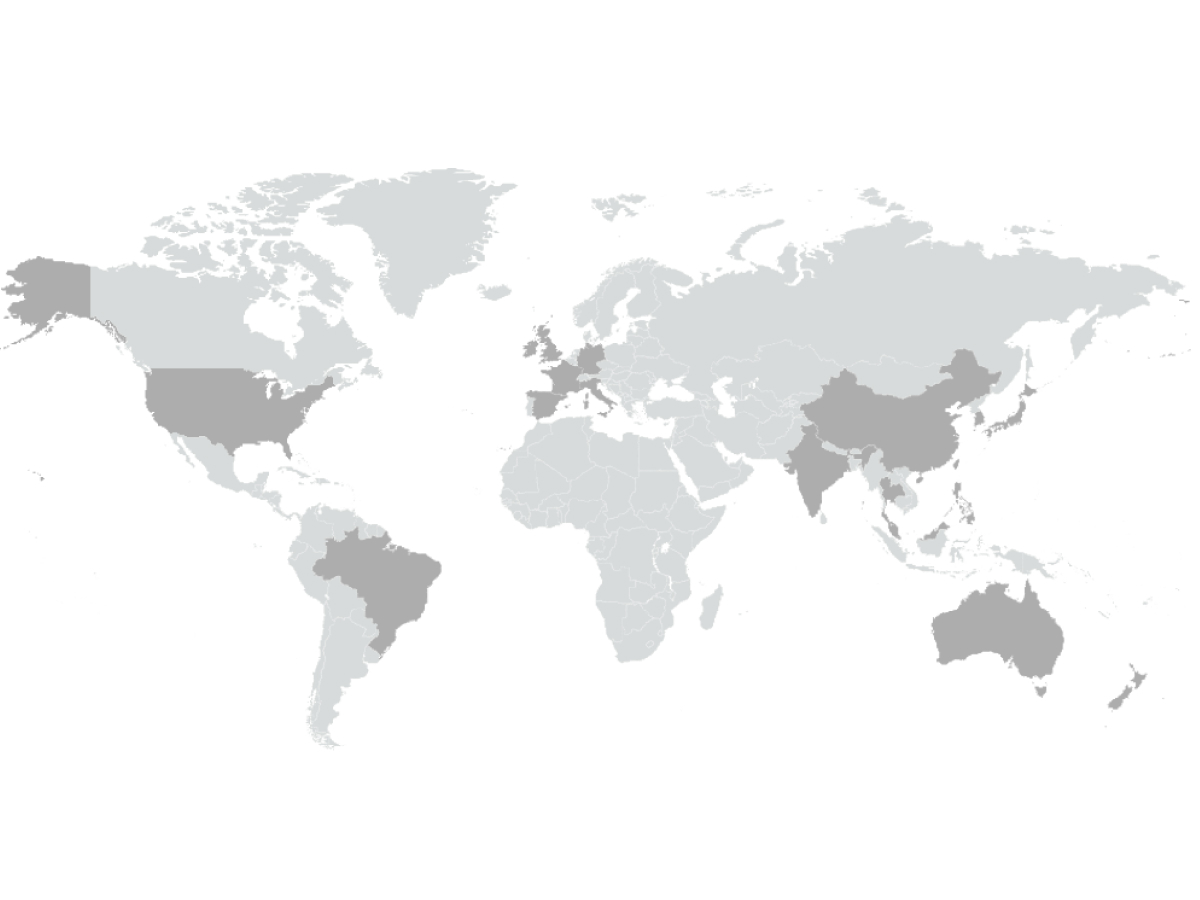It’s no secret that having a robust data analytics and reporting solution in place is key to 5G roaming capabilities, especially given the advent of Network Slicing. In the world of 3G, 4G (LTE and VoLTE), reporting and analytics are used primarily to manage the day-to-day reporting activity, forecasting data, and to provide roaming traffic visibility to support calculation of inbound and outbound roaming usage for end-of-month financial settlements. With 5G, the role of analytics and reporting will shift as the need for a more detailed look at data and usage expands.
While there are some analytics tools prior to 5G on the reporting side, the reporting was limited due to billing records being available only in the TAP standard. As discussed in Blog #9 of our 5G series “5G Makes Way for the Billing and Charging Evolution,” the Transferred Account Procedures (TAP) method for roaming billing and settlement needs is far too rigid and limited for technologies like 5G and IoT; in some cases this could require aggregation, bulk settlement, and application of dynamic charging principles.
In the 5G world, if operators are able to combine network data, from IoT and mobile-to-mobile (M2M) traffic, with commercial data, the operator would then be able to identify, segment, and apply charging based on devices, applications and roaming behaviors instead of counting megabytes and minutes in TAP.
Whereas some amount of network data is not captured in TAP, billing and charging evolution (BCE) allows operators to access a more granular level of available network data. With BCE, operators can access call detail records (CDRs) and also gain visibility to 5G data from Network Slice applications, enabling enhanced reporting capability and flexibility in charging.
Network slices are the key 5G feature driving advanced data analytics and reporting. The ability to create segmented data usage types, i.e. IoT and M2M, report and measure Network Slice use cases and applications, and Quality of Service (QoS) reporting is extremely important. While 3G, 4G and LTE roaming usage is typically charged by volume, with 5G, operators are able to charge based on applications and roaming behavior. These types of applications typically use network resources but, in general, utilize small amounts of bandwidth.
As discussed in Blog #6 of our 5G series “A Look at 5G Network Slicing,” network slicing is the newest and unique feature of 5G and is the biggest differentiating factor from 4G. With network slicing, operators can assign virtual portions of their network with devoted, self-contained and portioned network functions to specific use cases. They prioritize those slices for applications and customers including enterprises, state utilities and hospitals. For example, operators can assign emergency services at a higher level of priority than say, someone streaming a movie online. All of the slices operate simultaneously with SLA-driven, varying levels of bandwidth and security/privacy requirements, that are dynamically managed and orchestrated within a 5G network.
While network slicing is a clear benefit of 5G, it also presents roaming challenges. For example, if Operator X assigns an emergency worker a certain network slice, but they are roaming in Operator Y’s region, it can be difficult to provide seamless service and the same type of slice across multiple networks. Because a lot of in-market roaming still exists in the US and not one operator has 100% coverage, it’s vital the telecom industry works to standardize this system, ultimately delivering customers a consistent roaming experience.
Solutions such as Roaming Traffic Identification and Settlement (RTIS) and Insights, are dynamic data visualization tools that feature device and KPI segmentation. While not specific to 5G, these are advanced tools that provide mobile operators enhanced visibility and reporting, applying defined rules and charging based on the application and usage within the network slice. These solutions may help combine disparate network and commercial data for roaming charging. RTIS – which allows operators to segment usage types based on KPIs – is something that has been difficult for operators to tackle in the past, and create visibility around, especially with ever-increasing unidentifiable M2M traffic.
Insights is a data visualization reporting solution, that allows operators to generate dashboards and reports from wholesale and network data, and the ability to drill down further within the dashboard to a granular international mobile subscriber identity (IMSI) level. These analytics and visualization tools will tie into several roaming existing products to achieve a holistic view of roaming by enabling visibility, flexibility and charging helping operators harness previously untapped revenue potential.
As operators start rolling out 5G and Network Slicing capabilities, they will also be defining how they will support 5G roaming scenarios. Network slicing customer use cases will be dynamic, agile, and flexible and data analytics solutions must meet the fast time-to-market by providing visibility, flexibility, and the scalability required in the 5G world. This is one of the most exciting elements of 5G but won’t be possible without the robust and enhanced data analytics and reporting in place.
Nina is Director of Product Management at TNS, with specific responsibility for roaming product strategy and development. She can be reached at solutions@tnsi.com.





